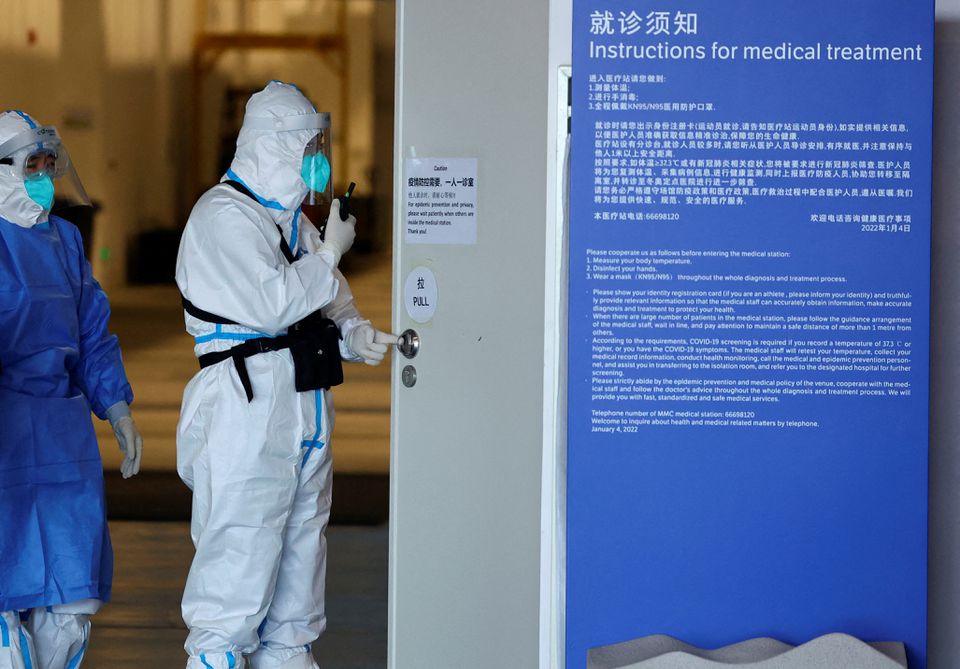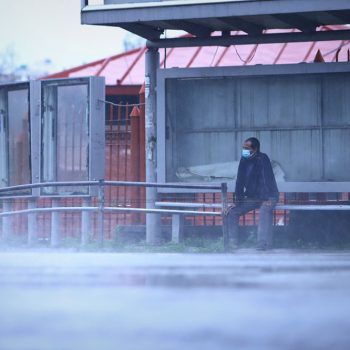Beijing city limits movement in more areas to curb COVID cases before Olympics
 NepalPress
NepalPress

Beijing has limited the movement of people in more parts of the Chinese capital, even as it reported fewer COVID-19 cases on Thursday, in a bid to lower virus risk less than 10 days before its hosting of the Winter Olympics Games, Reuters reported.
Beijing’s Fengtai district said late on Wednesday residents in more areas should not leave their residential compounds for unnecessary reasons and must have a daily COVID test.
The district, which has reported more local virus cases than other districts in the current outbreak in Beijing, had already locked down some residential compounds, impacting tens of thousands of people.
Beijing has not locked down any districts, but several now have mobility restrictions in place in certain areas.
Beijing reported five locally transmitted infections with confirmed symptoms for Wednesday, down from 14 a day earlier, according to data from the National Health Commission (NHC) on Thursday.
Although the caseload is low compared to outbreaks globally, Beijing spares no effort in complying with a national guideline of extinguishing virus flare-ups as soon as possible.
The strategy takes on extra urgency as China has vowed to safely host the Winter Games and prevent major outbreaks during the Lunar New Year travel season.
Twenty-three new cases of COVID-19 were detected among Beijing 2022 Winter Olympics Games-related personnel on Jan. 26, including eight found amongst those already in the organisers’ closed-loop bubble, organisers said on Thursday.
The eastern financial hub of Shanghai found the Omicron variant in a locally transmitted case detected on Monday, state television said on Thursday.
At least eight provinces, regions and municipalities in China have found locally transmitted Omicron infections, while the total number of cases remained unclear.
Nationwide, China reported a total of 25 domestically spread cases with confirmed symptoms for Jan. 26. There were no new deaths on Wednesday, leaving the death toll at 4,636.
As of Jan. 26, mainland China had reported 105,811 cases with confirmed symptoms, including both local ones and those among international travellers.














